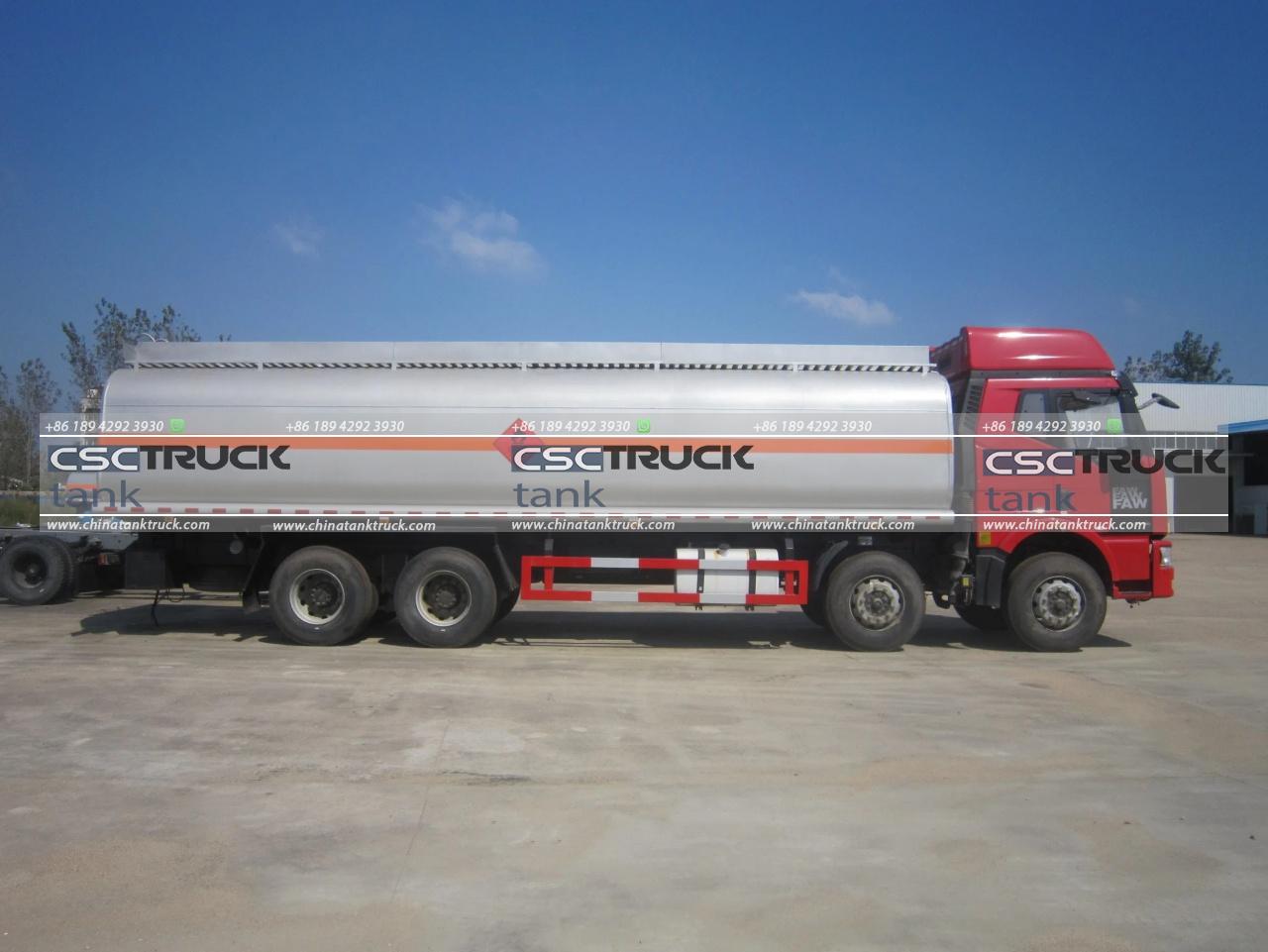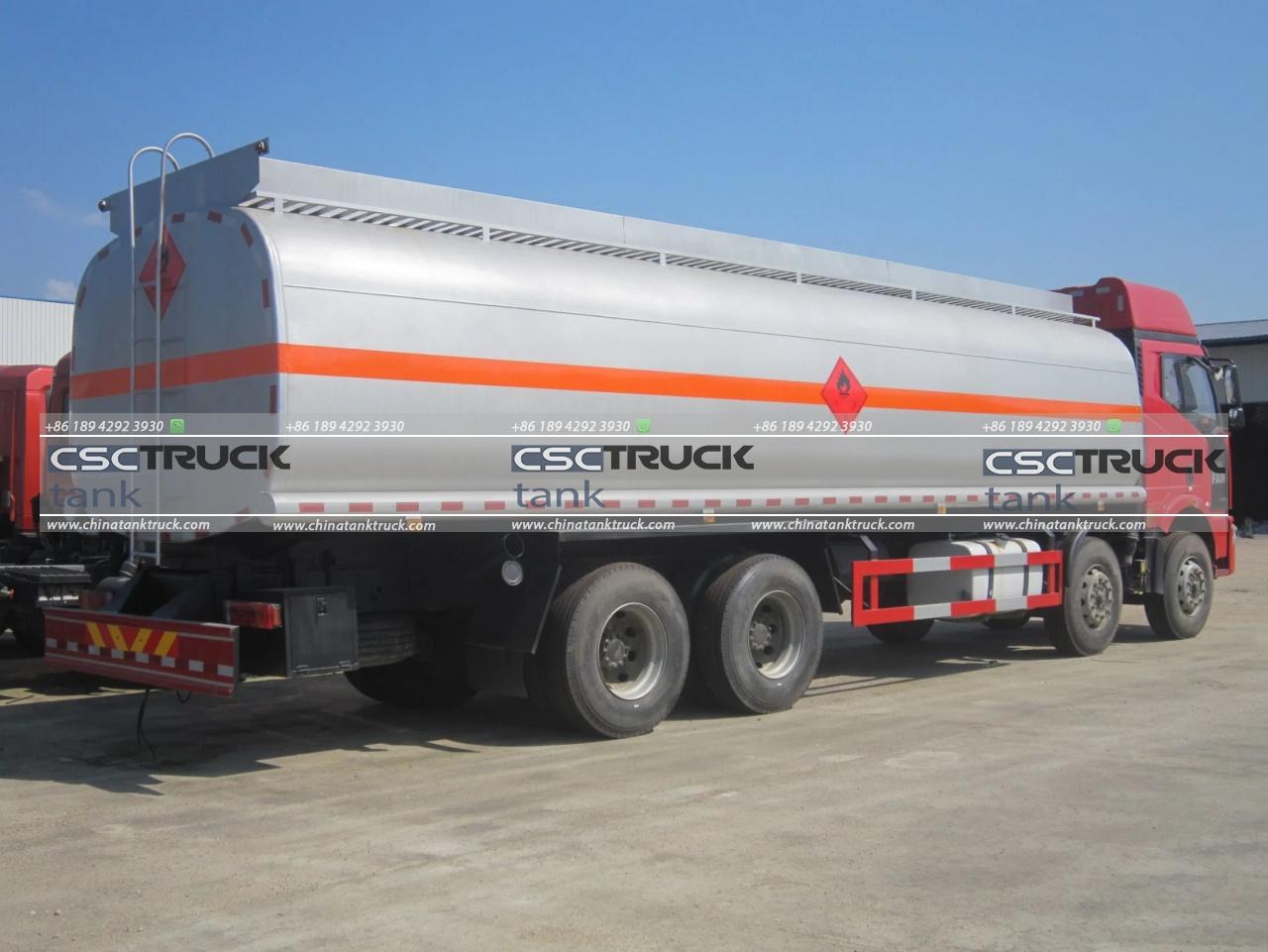Robust Crude Oil Tank Trucks: Essential for Oilfield Logistics
In the vast landscape of the oil industry, where every drop counts and efficiency reigns supreme, the role of crude oil tank trucks cannot be overstated. These hulking vehicles, often overlooked amidst the grandeur of drilling rigs and refineries, form the backbone of oilfield logistics, ensuring that the lifeblood of our modern world flows smoothly from extraction points to processing facilities. In this article, we delve into the critical importance of robust crude oil tank trucks in the intricate web of oilfield operations.
The Crucial Link in the Supply Chain
Imagine a bustling oilfield, where drilling operations are in full swing, extracting crude oil from deep beneath the Earth’s surface. As the black gold gushes forth, the need for efficient transportation becomes paramount. This is where crude oil tank trucks step onto the stage. These vehicles serve as the crucial link between the extraction point and the refinery, facilitating the seamless transfer of crude oil over vast distances.
In the rugged terrain of oil-producing regions, traditional transportation methods often fall short. Pipelines, while efficient, cannot reach every corner of the oilfield, especially in remote or inaccessible areas. This is where the versatility of crude oil tank trucks shines. With their ability to navigate rough terrain and reach even the most remote wellheads, these trucks ensure that no drop of precious crude is left stranded.
Built to Withstand the Rigors of the Road
The journey from the oilfield to the refinery is no Sunday drive. It’s a grueling trek through unforgiving terrain, where every bump and jolt tests the limits of both man and machine. In such harsh conditions, only the sturdiest of vehicles can endure, and crude oil tank trucks are engineered to do just that.
Robustness is the hallmark of these vehicles. From reinforced steel frames to heavy-duty suspension systems, every aspect of their design is geared towards resilience. They are built to withstand the rigors of off-road travel, shrugging off obstacles that would cripple lesser vehicles. With payloads often exceeding tens of thousands of gallons, these trucks are the workhorses of the oil industry, hauling their precious cargo with unwavering reliability.

Safety First: Mitigating Risks in Transit
In the world of oil transportation, safety is non-negotiable. The consequences of a spill or accident can be catastrophic, both environmentally and economically. Recognizing this, manufacturers of crude oil tank trucks prioritize safety in their design and construction.
State-of-the-art safety features abound in these vehicles. From advanced braking systems to rollover protection mechanisms, every precaution is taken to mitigate the risks inherent in transporting volatile substances. Moreover, rigorous testing and certification ensure that these trucks meet the highest standards of safety and reliability, giving operators and regulators alike peace of mind.
Efficiency and Sustainability
In an era where environmental concerns loom large, the efficiency of crude oil tank trucks is not just a matter of convenience; it’s a moral imperative. By optimizing fuel efficiency and minimizing emissions, these vehicles play a vital role in reducing the carbon footprint of oilfield operations.
Advanced engine technologies, coupled with aerodynamic design principles, allow modern tank trucks to achieve impressive fuel economy without sacrificing performance. Moreover, many operators are exploring alternative fuels and power sources, such as natural gas and electric propulsion, further enhancing the sustainability of oilfield logistics.
Adapting to the Future
As the oil industry evolves in response to shifting market dynamics and environmental pressures, so too must the vehicles that support it. Crude oil tank trucks are no exception. In the coming years, we can expect to see continued innovation in their design and operation, driven by a relentless pursuit of efficiency, safety, and sustainability.
Advancements in autonomous technology, for example, hold the promise of safer and more efficient transportation networks, with self-driving tank trucks navigating the roads with unprecedented precision. Similarly, the integration of telematics and data analytics allows operators to optimize routes, minimize downtime, and maximize resource utilization, further enhancing the efficiency of oilfield logistics.

Conclusion
In the intricate dance of the oil industry, crude oil tank trucks are the unsung heroes, quietly ensuring that the wheels of commerce keep turning. From the rugged landscapes of the oilfield to the bustling refineries that dot the horizon, these robust vehicles form the backbone of oilfield logistics, facilitating the smooth flow of crude oil from extraction to processing.
Built to withstand the rigors of the road and engineered with safety and efficiency in mind, crude oil tank trucks are essential components of the modern oil economy. As the industry continues to evolve, so too will these vehicles, adapting to meet the challenges of tomorrow while remaining steadfast in their commitment to reliability, safety, and sustainability. In the ever-changing landscape of the oil industry, one thing remains constant: the indispensable role of robust crude oil tank trucks.

